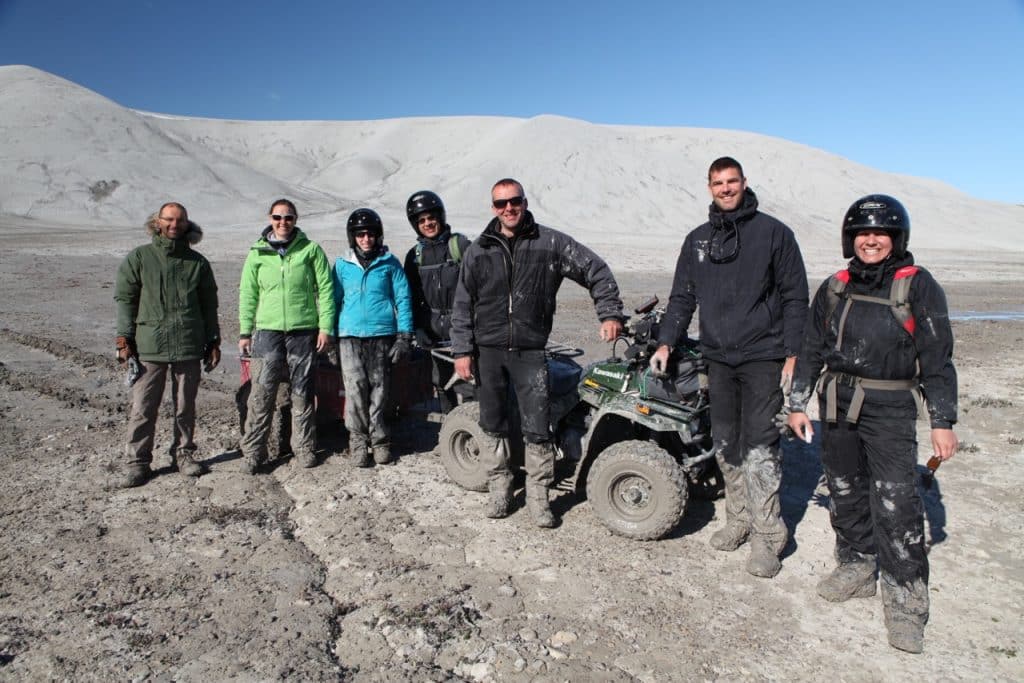FOCUS Alice Chapiron
One month in the Mars Desert Research Station with Alice Chapiron, SUPAERO student and CEREGE intern.
Just back from a month of simulation on the Mars station, Alice Chapiron, a member of the 275 crew on mission since 13 February, shares her "extraordinary" experience.
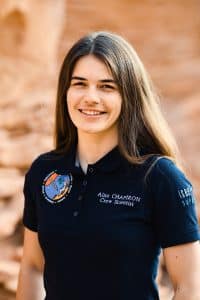
This 8 metre diameter habitat managed by the Mars Society (an American non-profit organisation) has been set up in the same way as a future base on Mars, except that it is located in the Utah desert (USA).
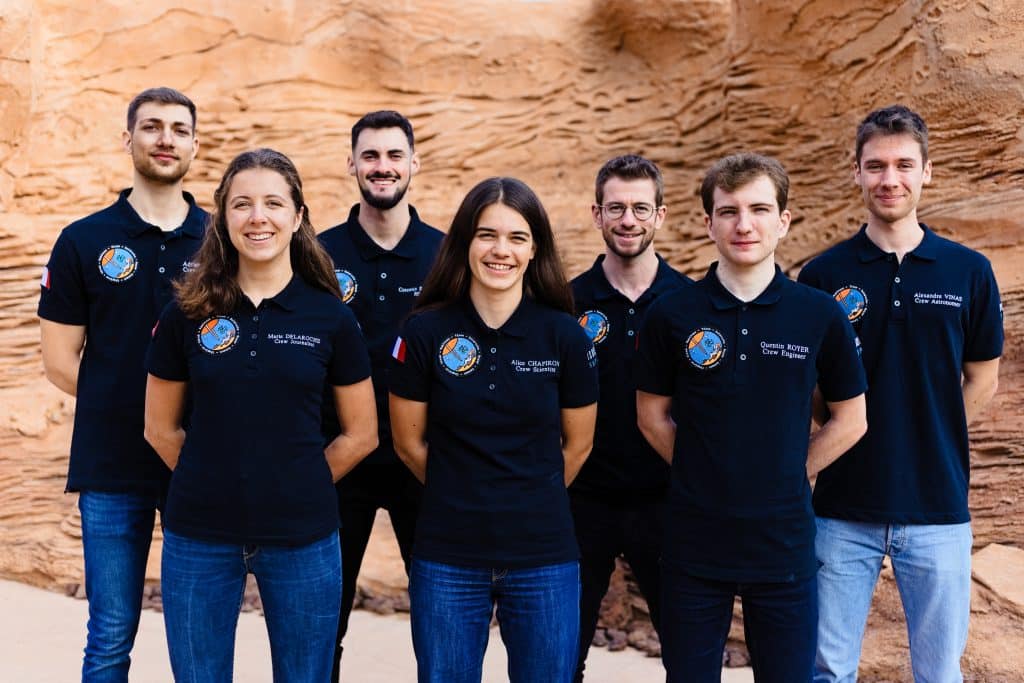

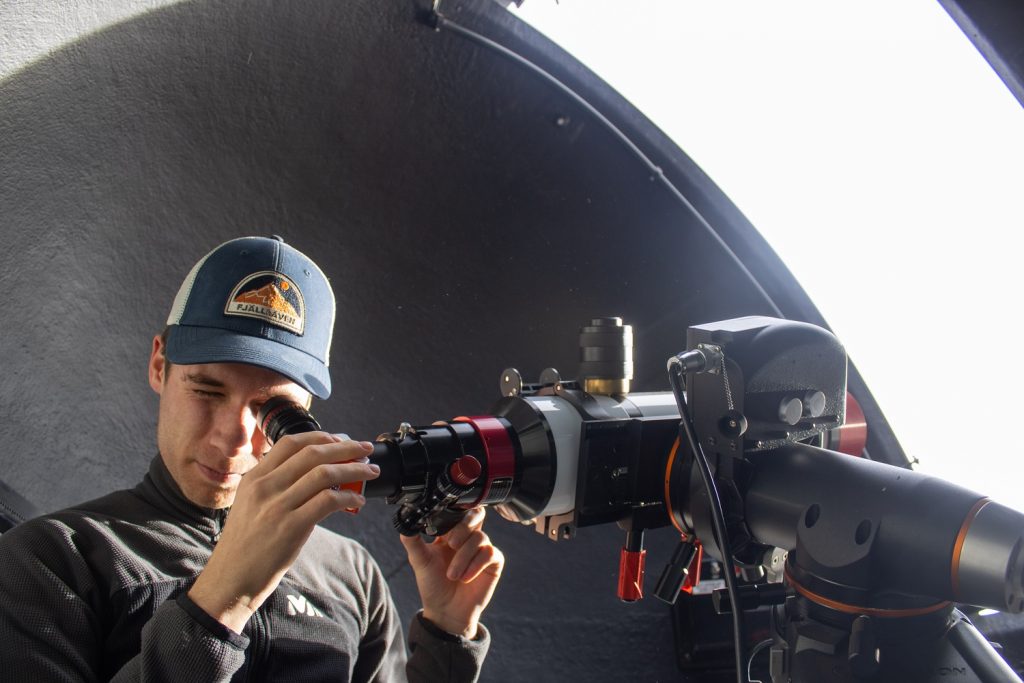
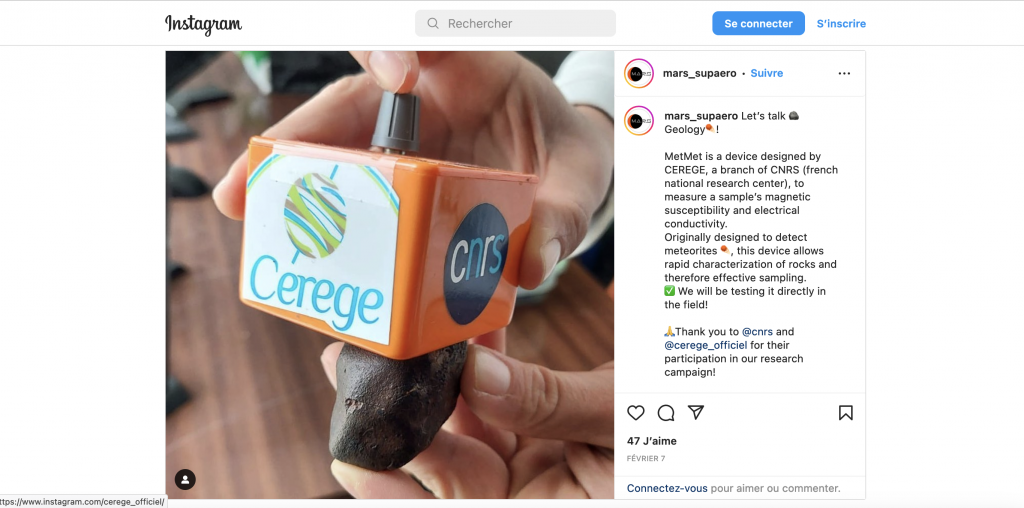
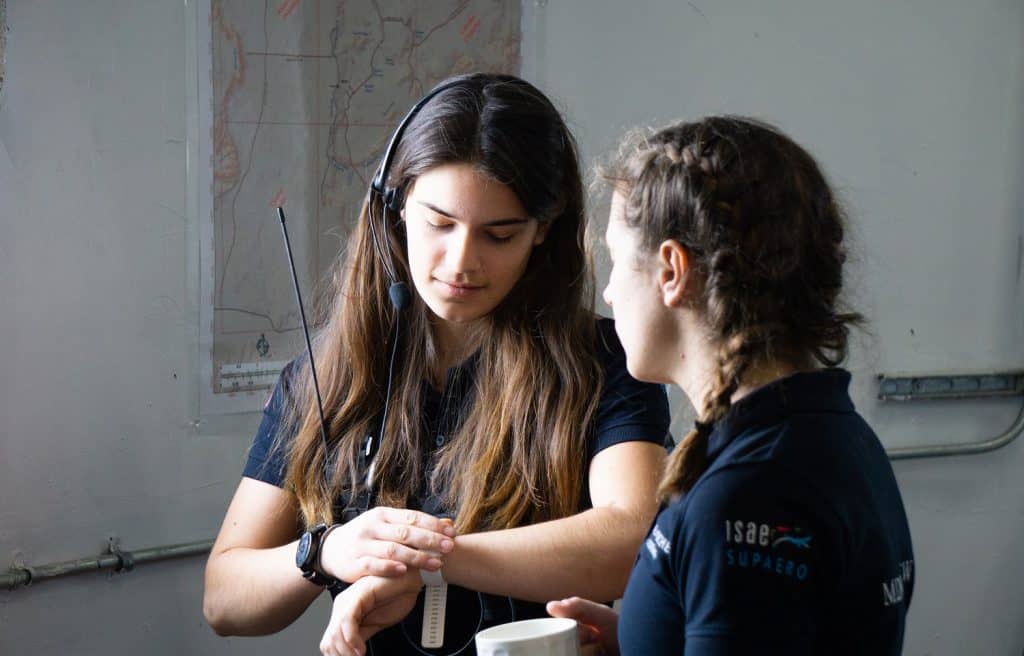
Initially, a passion for space exploration
After a preparatory class at the Lycée du Parc in Lyon, Alice Chapiron chose to study at the University of Paris.ISAE-SUPAERO to cultivate his passion for discovery and space exploration.
Selected to be a scientist on the Mars life simulation mission MDRS at the end of 2021, she decides to carry out her end-of-first-year engineering school work placement at CEREGE to train in geology and thus prepare for his role in the mission I did my internship at CEREGE in July 2022 with Jérôme Gattacceca, Director of Research at the CNRS. It was essential that I obtain the necessary complementary knowledge in geology and planetology to carry out my mission. My experience at CEREGE allowed me to meet researchers working in these fields and to learn experimental techniques. "
During this internship, Alice became familiar with rocks and the different ways to study them (petrography by optical microscopy, magnetic measurements, geochemistry by X-ray fluorescence analysis).
" The focus was on techniques that could be used in the MDRS or during field trips around the station with handheld devices. With this in mind, CEREGE loaned Alice a Meteorite Meter (MetMet), a portable measuring instrument designed and manufactured by Minoru UeharaCNRS research engineer at CEREGE "explains Jérôme Gattacceca. This easy-to-use instrument, originally designed to detect meteorites by measuring magnetic susceptibility and electrical conductivity, is particularly well suited to field measurements.
An experiment with a variety of study topics
The technology Echofinder, an AI-assisted ultrasound scanner that allows an astronaut without any knowledge to perform an ultrasound scan in order to give feedback to the CNES. These two experiments were carried out with the CNES in Toulouse.
The geology material testing and rock type characterisation. Meteorite Meter of CEREGE has made it possible to set up a measurement protocol in Extra-vehicular Activities (EVA) to map an area in a simple way. The interest in this case was not to collect data for research (difficult to do Martian geology in the Utah desert) but to simulate the process, as the EVAs for sample collection and geological analysis during a mission to Mars are present and very important.
The physics data collection for Jean-Pierre Lebreton and Jean-Baptiste Renard (CNRS Orléans) with the Mega-Ares, an instrument for measuring the electric field, and the LOAC for measuring the concentration of individual particles in the air and classifying them by size.
The botany setting up an aquaponics system
The science popularisation ISAE-SUPAERO, with CNES and the French National Research Council (CNES), in high schools/colleges of the OSE programme Space City.
The human aspects The aim is to measure the stress of astronauts under the influence of environmental parameters such as pressure, temperature, luminosity, the physical constraints of the place, etc. Research conducted by Michail Magkos (KTH Royal Institute of Technology, Sweden).
8 metres unknown universe to live together for 1 month
Indeed, one of the main MDRS missions is to test the crew's behaviour and good practices, and to confront them with a unique and unusual environment. The station simulates Martian living conditions such as isolation, restricted communications and spacewalks. " As a crew, we wanted our mission to serve research through our collaboration with researchers, companies and space agencies.
For the first time, a crew stayed in simulation for more than two weeks. Alice considers the results conclusive and rich in new factors for the researchers We are very satisfied with the results of this simulation, as most of our objectives were achieved, even beyond our expectations. It is a confusing experience at the beginning on a human level. You learn to discover yourself, you surprise yourself with a different kind of normality. The biggest challenge is the ability to impose discipline and procedures on yourself with a very strict routine from the moment you wake up in the morning: a sleep questionnaire, a sports session, breakfast, the very strict Eva procedure... until bedtime.
Preparing the next generation
To the question asked " Would you ever dream of using this experience for a space mission, like Thomas Pesquet, a former student of ISAE-SUPAERO? ?"Alice explains: "It is a dream, yes, although I dare not claim it as a goal.
The next mission of the 275 crew is now to share this experience with the general public and schoolchildren in particular, with the stated hope of inspiring vocations and integrating into reality what for some is currently only an inaccessible fantasy.
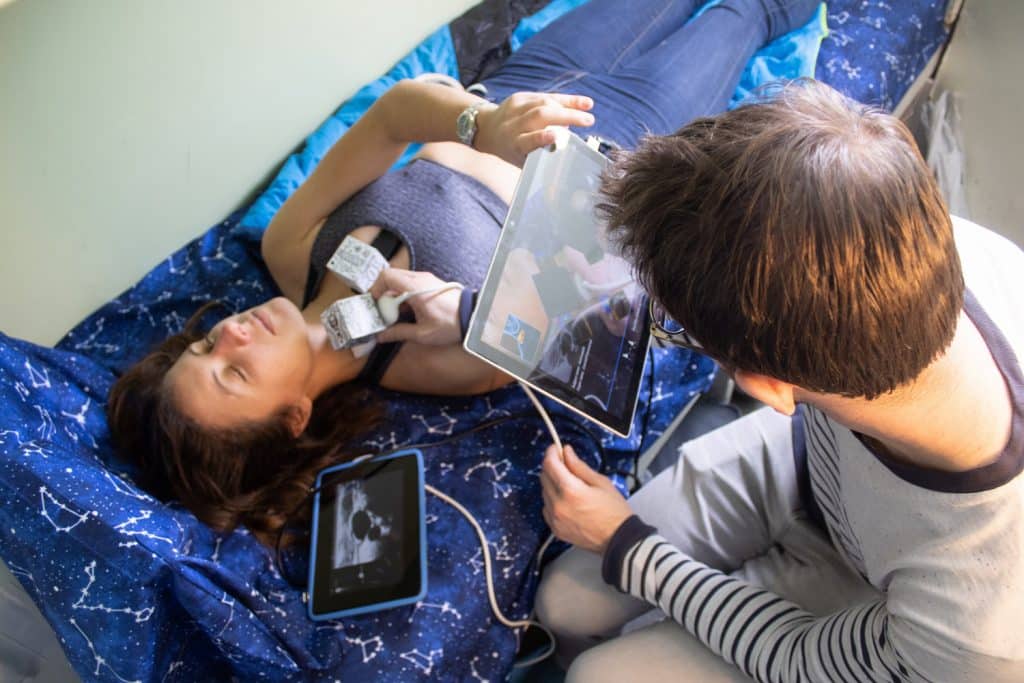
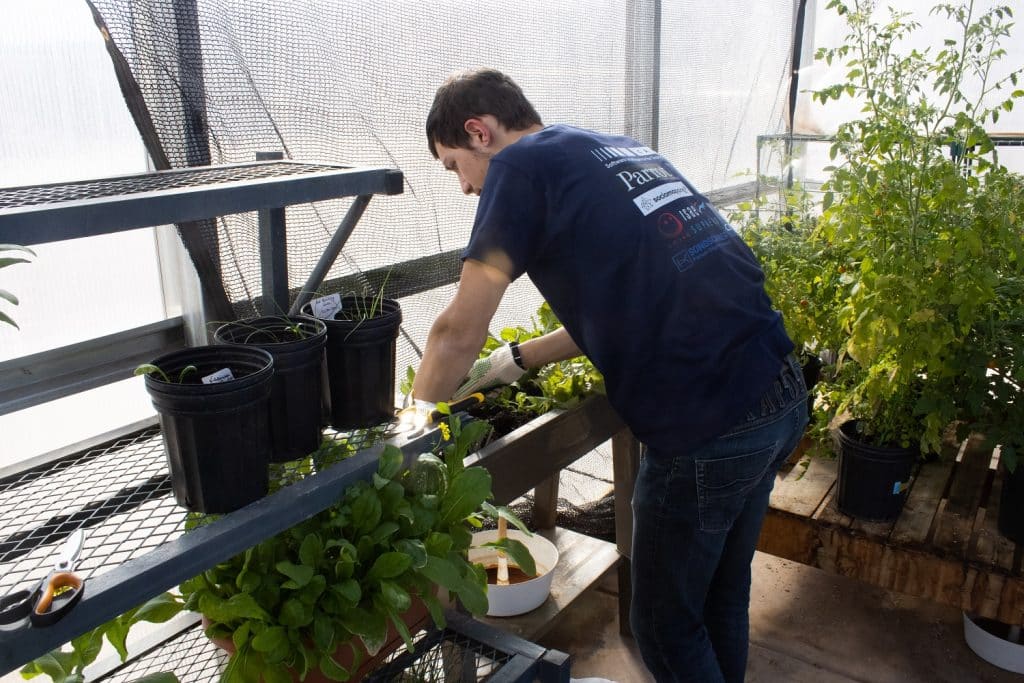
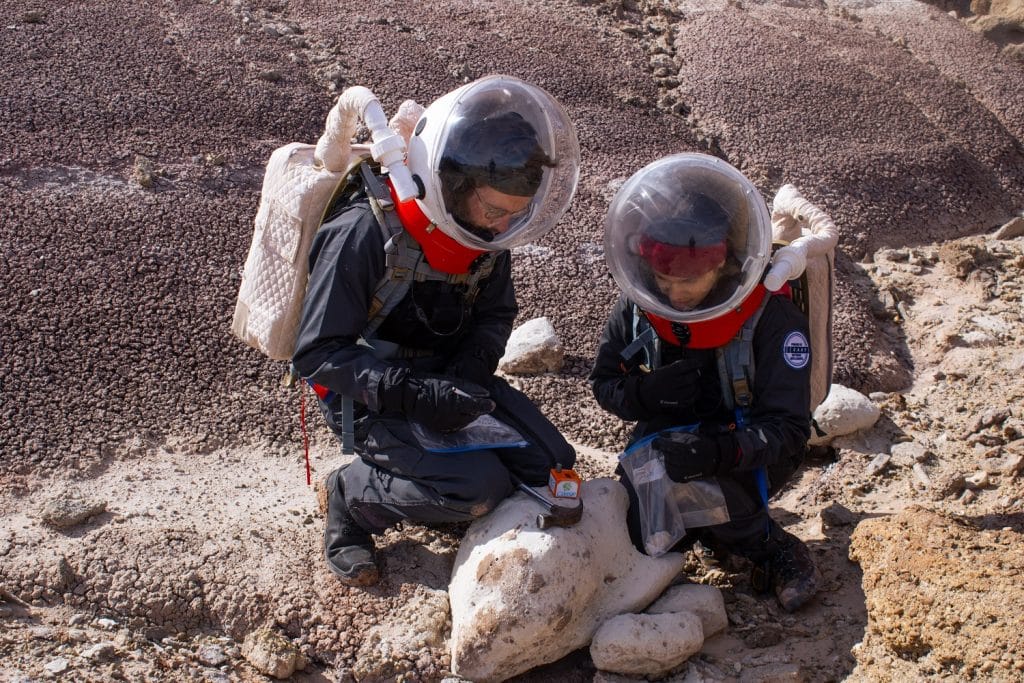
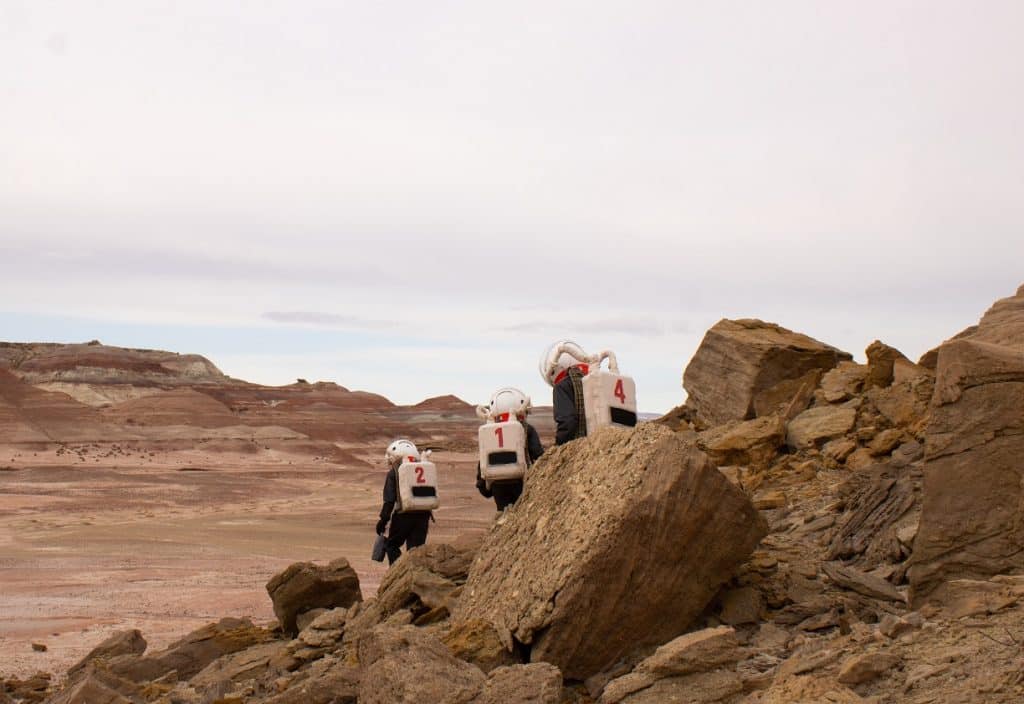
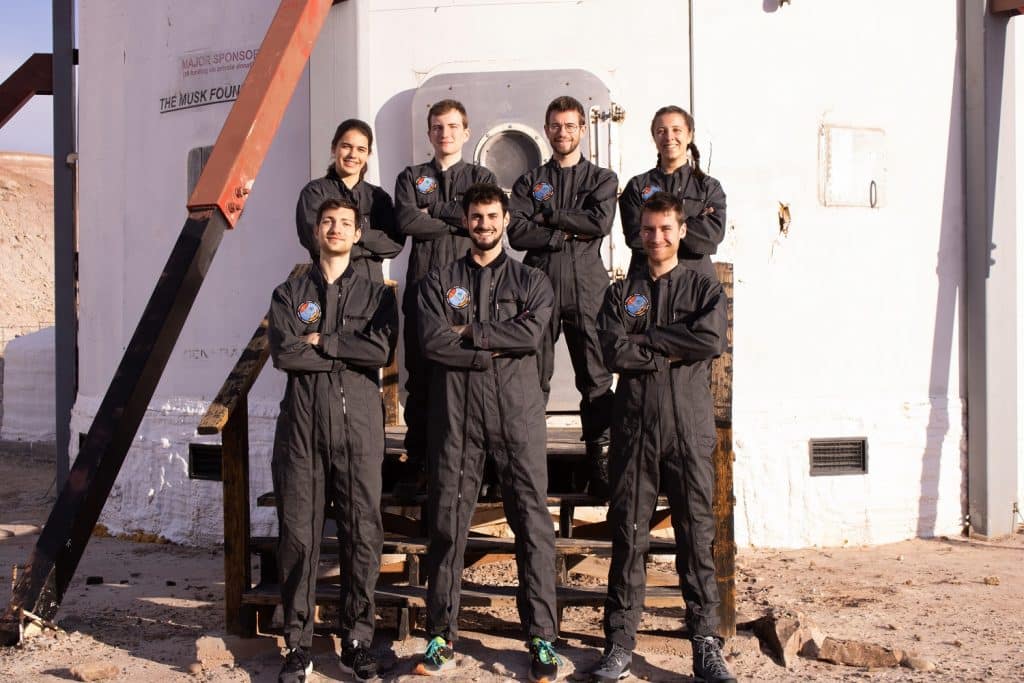
Jeremy HansenCanadian Space Agency astronaut selected to be a crew member of the Artemis II Missionwill circle the Moon in 2024 for the first manned test flight a Artemis programme. The aim of this campaign of several missions is to establish a permanent foothold on the Moon and pave the way for manned exploration of Mars. Visit four astronauts will be responsible for ensuring that all the systems of the Orion spaceship.
In 2013, in collaboration with a team from CEREGE (Yoann Quesnel, Pierre Rochette, Jérôme Gattacceca), Jeremy Hansen participates in a field mission to the Haughton impact crater on Devon Island in the Canadian High Arctic as part of his geology training (INSU press release of 4 August 2013)
